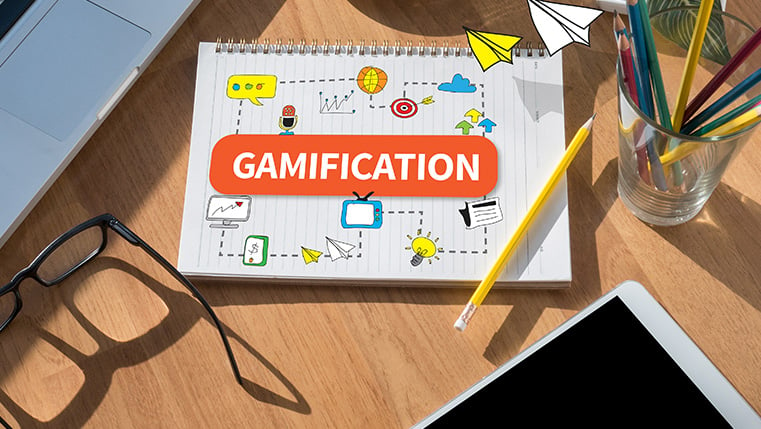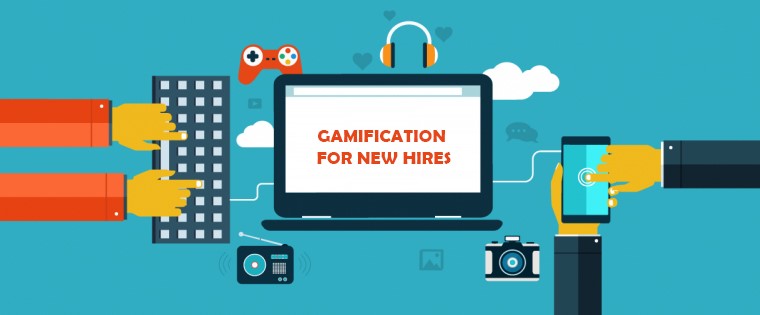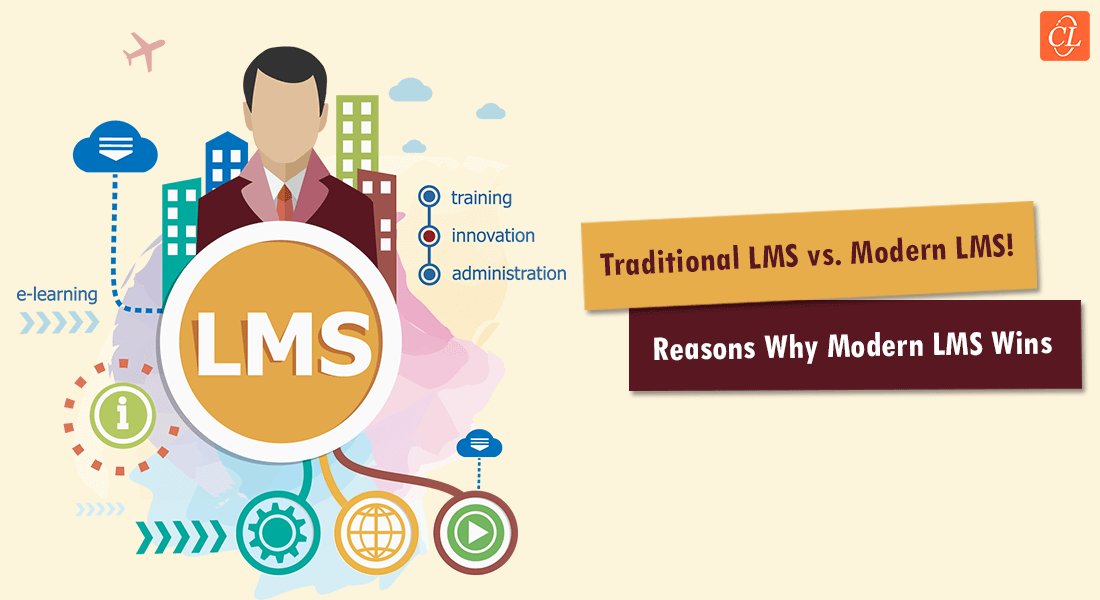5 Reasons Gamification Will Work for Onboarding Training Program

The onboarding of new hires in an organization involves more than orientation for an hour, day, or even a week. It is something beyond this; successful onboarding aims at developing behaviors that will impact the employee’s success and consequently that of the organization and can extend even beyond a year.
→ Download Now: State of Learning (Now and Beyond) [eBook]
Many organizations have realized the significance of onboarding in shaping the new hire experience and its role in helping employees transition to their roles quickly and become productive as soon as possible. Key aspects of employee onboarding training include:
- Key job knowledge – The new employee should know what the company expects from them and the specific role they will play in achieving the company goals.
- Development opportunities – The support they can expect from the management and the performance review process.
- Knowledge of company culture, mission, and vision – Informing the new employee on these aspects will help them get a better insight of the organization.
- Information on compliance requirements – Awareness on compliance and what is expected from employees to avoid issues.
Organizations are choosing the e-learning option for their onboarding training and for good reasons too. Since the training is an expensive and time-consuming experience, e-learning can provide a consistent training experience that can be reused.
For multinational organizations, with globally dispersed employees, e-learning solutions provide opportunities for social and collaborative ways to connect employees from different parts of the globe and train new hires from various regions simultaneously. And it is easier to monitor and support the progress of new employees.
However, the key point is how do you engage learners in the training? In onboarding, new hires have to go through copious amounts of material and get through them before they actually start their work. How about helping your new hires through the training process and assist them in gaining more information than what they would by going through the course? This can happen when you use gamification in e-learning courses for your onboarding program.
What can you use gamification for?
- Rewarding your new hires for every achievement, including small ones. This will make them feel they add value to the company. You can do this with simple things such as a digital checklist of tasks. New hires can tick off the tasks they have accomplished and be appreciated for it.
- Gamification can be used to give your new hires a set of actionable goals before they move to the next level. The sense of achievement grows as they complete each task and move closer to the next level. This will motivate employees and push them to try for the next level.
- The concept of seeking something can be established with gamification. It can be used in new hire training by asking trainees to seek out information and report their findings, rather than asking them to go through content related to the topic.

A Bird’s Eye View of What Top-Performing L&D Teams are Doin
- Aligning Learning Strategy with Business Strategy
- Developing Business Skills for the Future
- Investing in the Right Technology
- Much More
Advantages of Using Gamification
Increases engagement levels: There is no doubt that gamification makes the training fun, challenging, and rewarding. It gives an interesting twist to training that is otherwise generic and uses outdated styles. The use of gamification in the form of goal-based point systems, badges, rewards, or leaderboards makes the training experience engaging. The element of competition motivates learners to give their best.
A gamified induction training moves the trainee away from isolated learning and makes it necessary to interact with other employees, both virtually and socially. This is a better experience than passively going through a course.
Creates a positive perception about the organization: Onboarding is crucial in providing the right first impression about the organization to new hires. Gamification adds an element of fun to the onboarding program. This provides a positive first impression that learning is fun. It projects the perception that the job includes fun experiences as well.
Decreases turnover rates: The positive experience that gamification brings will motivate employees to stay. Not convinced? The general belief is that new hires quit within six months due to inadequate training. The onboarding experience is crucial in building employees’ perception about the company and the job. The positive experience will create a better perception and inspires new hires to stay.
Provides timely feedback: Gamification can simplify training by breaking it into small modules including interactive tasks that allow new hires to win and earn timely and positive feedback. Feedback removes the fear of failure and motivates new hires. Quizzes, trivia, progress bars help new hires assess how well they are doing and their progress in the training. The feedback helps them know where they exactly stand and make an attempt to improve.
Links onboarding to overall business goals: The use of gamification aligns incentives and rewards with information retention, desired skill mastery, and the job responsibilities of the new hire. The results help companies connect their vision and values to an employee’s professional goals.
Limitations of Using Gamification for Onboarding
Though gamification promises to make onboarding training engaging and can bring other benefits, there are some caveats you should consider before taking a decision:
- Gamification can no doubt, incentivize your training but may as a result, shift the focus to acing the test rather than helping learners remember what is important.
- Gamification may not work for everyone. All your new hires may not have identical learning styles, some may prefer storytelling, or watching videos or learning without any expected incentives.
- If the rules and information related to new hire training keep changing, then gamification may not be a cost-effective solution. Creating a gamified course has cost implications and changing it every time to suit new content may not be feasible.
Gamification can no doubt create a positive experience for your new hires during onboarding. But before you jump on this bandwagon, consider the caveats that come with it. Do you agree? Share your thoughts in the Comments section.





